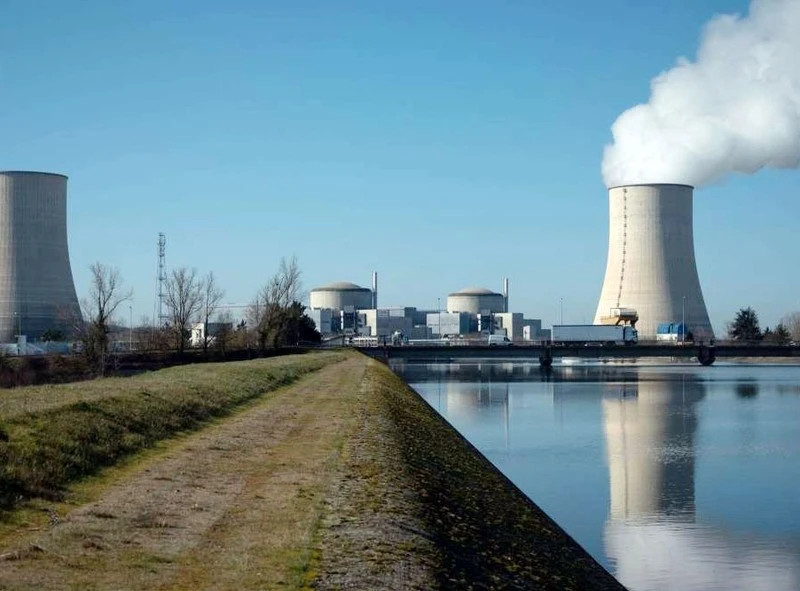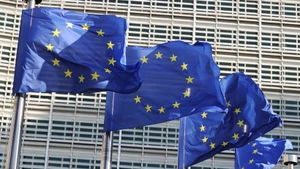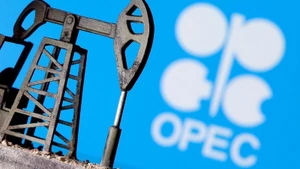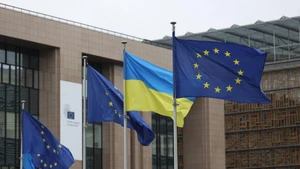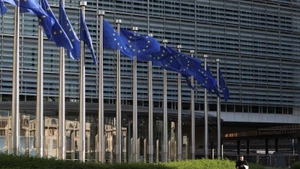As the “thirst” for energy intensifies alongside increasing pressures to cut emissions in electricity production, reviving the nuclear energy industry has become a global trend. For instance, Serbia’s parliament has recently lifted a 35-year ban on nuclear energy development, opening the door to a stable energy source and reducing reliance on coal.
Similarly, after nearly 40 years of abandonment, Italy has announced plans to establish a legal framework for building nuclear power plants. Meanwhile, the White House has unveiled an ambitious plan to triple the United States’ nuclear energy capacity by 2050.
In Asia, following a hiatus after the Fukushima disaster in 2011, Japan has resumed its nuclear energy development efforts in recent years. Several reactors at nuclear power plants across Japan have restarted operations after meeting stricter safety standards.
The nation aims to maintain nuclear energy at 20-22% of its total electricity production by 2030. Likewise, Indonesia, Southeast Asia’s largest economy, has announced plans to operate nuclear power plants as early as 2036 to reduce reliance on fossil fuels.
The revival of the nuclear energy industry is considered a strategic shift for many countries. Following the Chernobyl disaster in 1986, the construction of new nuclear power plants worldwide nearly ground to a halt. Three years after the Chernobyl incident, Serbia suspended its nuclear programme and shut down its only research reactor near Belgrade. Italy also abandoned nuclear energy in November 1987 after a public referendum.
However, in recent years, many nations have reversed their policies and revived nuclear energy, especially as technological advancements have made production safer and nearly emission-free. Experts believe the decision to build nuclear power plants aligns with current development needs and trends.
According to the International Atomic Energy Agency (IAEA), nuclear energy meets the growing demand for electricity in many countries, accounting for over 10% of global electricity production. The United States remains the world’s leading producer of nuclear power, while in France, nuclear energy contributes 65-70% of total electricity production, playing an indispensable role in the country’s energy structure.
Moreover, as a stable energy source, nuclear power attracts significant investment from major tech companies to meet massive electricity demands in the race to develop artificial intelligence (AI). Google recently signed an agreement to purchase electricity from small nuclear reactors. Acknowledging the pivotal role of nuclear energy in transitioning to a stable power grid, corporations like Microsoft and Amazon have also announced investments in nuclear power plant development.
Beyond economic benefits, nuclear energy is also seen as a crucial tool for achieving ambitious climate goals. According to scientists, nuclear power plants produce virtually no greenhouse gas emissions or air pollutants during operation.
At the 29th Conference of the Parties to the United Nations Framework Convention on Climate Change (COP29), held in Azerbaijan in 2023, nuclear energy was recognised for the first time as an essential solution to limiting global warming to 1.5C above pre-industrial levels.
From a public health perspective, nuclear power generation is safer than burning fossil fuels. A recent study by the US National Bureau of Economic Research found that each nuclear power plant built could save over 800,000 human life years by reducing air pollution.
Although nuclear energy requires substantial investment, advanced technology, long-term planning, and stringent safety standards, its numerous benefits have prompted many nations to accelerate their nuclear energy development efforts to stay competitive in the race to cut emissions and secure energy supplies for economic growth.
